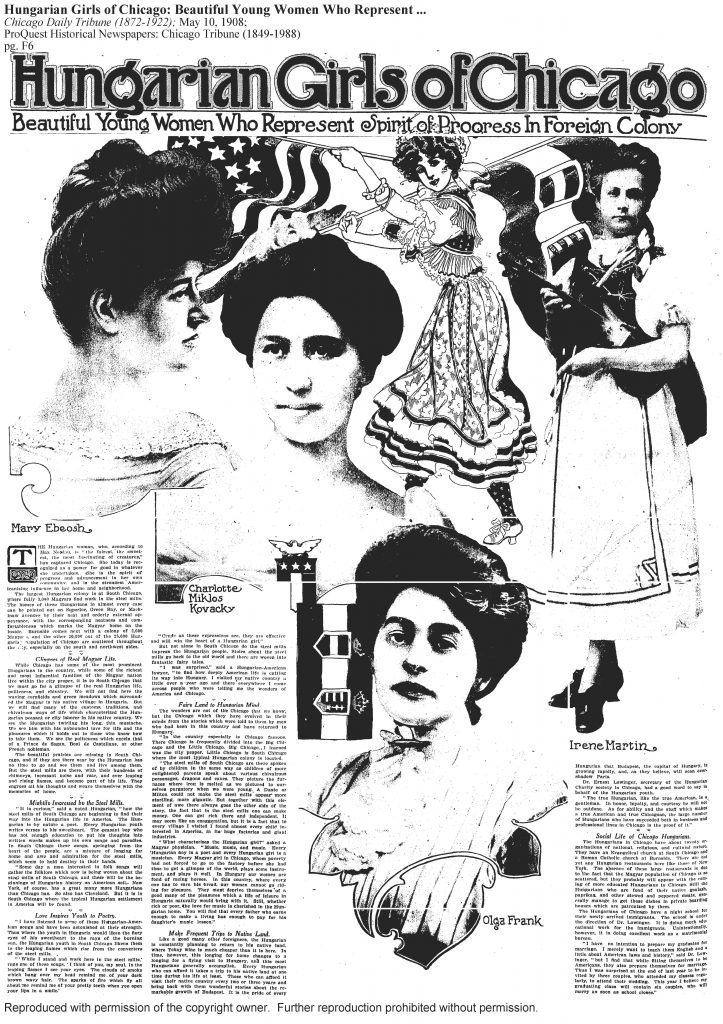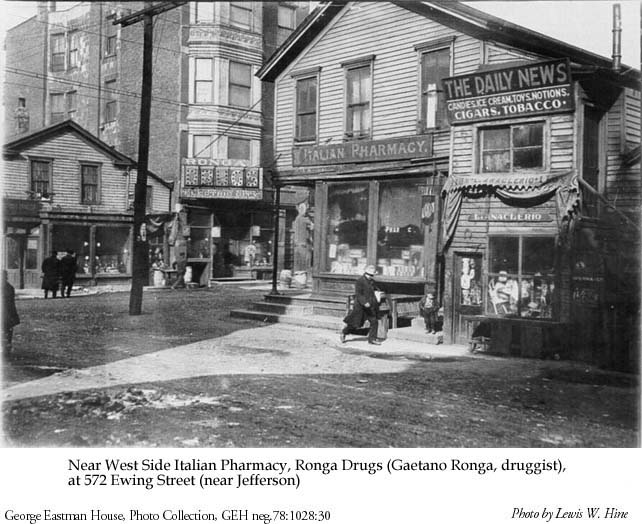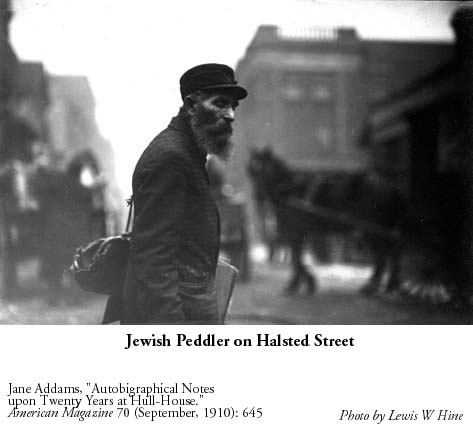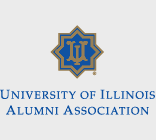CONTENT
- HOME PAGE
- PROLOGUE AN URBAN LEGACY
- INTRODUCING THE WEST SIDE
- 19th-CENTURY CAMERA
- URBAN PHOTOGRAPHERS HINE AND KIRKLAND
- PICTORIAL CHICAGO
- CHICAGO ENLIGHTENED CITY BEAUTIFUL
- CHICAGO GROTESQUE LAWLESS STREETS
- HULL-HOUSE "OASIS" IN A SLUM
- IMMIGRANT EMIGRANT CITY
- "ALIEN" COLONIES
- "RACE" COLONIES
- GHETTO LIVING
- "CHEAP" ECONOMY
- FAMILY
- AMUSEMENTS
- PUBLIC HEALTH
- TENEMENTS
- URBAN SOCIOLOGY CHICAGO SCHOOL
- MAXWELL STREET ARCHITECTURE TOUR
- CHICAGO CITY MAPS
“ALIEN” COLONIES WEST SIDE
In 1907, the Chicago Daily Tribune bannered the headline, “64,000 aliens that come to Chicago annually, where they came from and what they do.” In significant numbers the majority of the immigrants came from Eastern, Central, and Southern Europe. Thirty different languages were spoken along Halsted Street, and Chicago claimed “more foreign theaters than any other city in the world.”
In metropolitan newspapers, mainstream print, and academic journals, commentators employed the phrases “foreign colonies,” “foreign element,” and “alien colonies.” They were pointing to the expanding number of ethnic settlements and neighborhoods inside American cities. Excluded from this “alien” category were “race colonies” or people of color, Mexicans from south of the border, African-Americans from the American South, Chinese from the West Coast.
Anglo “White Americans” intended the reference to “alien colonies” to resound in patronizing tones, an “other” exotic world beguiling innocent spectators at a distance. Frequently associated with “alien” and “foreign” was verbal imagery invoking menacing congestion in tenement districts, juvenile offenders on city streets, and criminals intent on evil and harm. Bystanders on unfamiliar streets, beware what you wish for!
Specifically “White Americans” aimed the “alien” threat at long-standing American ideals of well-being, citizenship, and personal responsibility. Jane Addams, for instance, more sympathetic and benign in her criticism than most of her Anglo peers , characterized the location of Hull-House as a “serviceable thing for Chicago … situated in the midst of large foreign colonies which so easily isolate themselves in American cities.”
The response by native white Americans and older settled residents was visceral to the impending “peril” of large numbers of immigrants “isolated” in American cities. Social movements lobbying for immigration restriction thrived. They encouraged a variety of eugenic practices. the administration of loyalty tests, and an “Americanization” curriculum within schools and settlement houses. bjb
- Races Shift Like Sand, West Side Scene of Some Strange Migrations (1902)
- Dictionary of Race or Peoples, U.S. Senate Committee on Immigration (1911)












